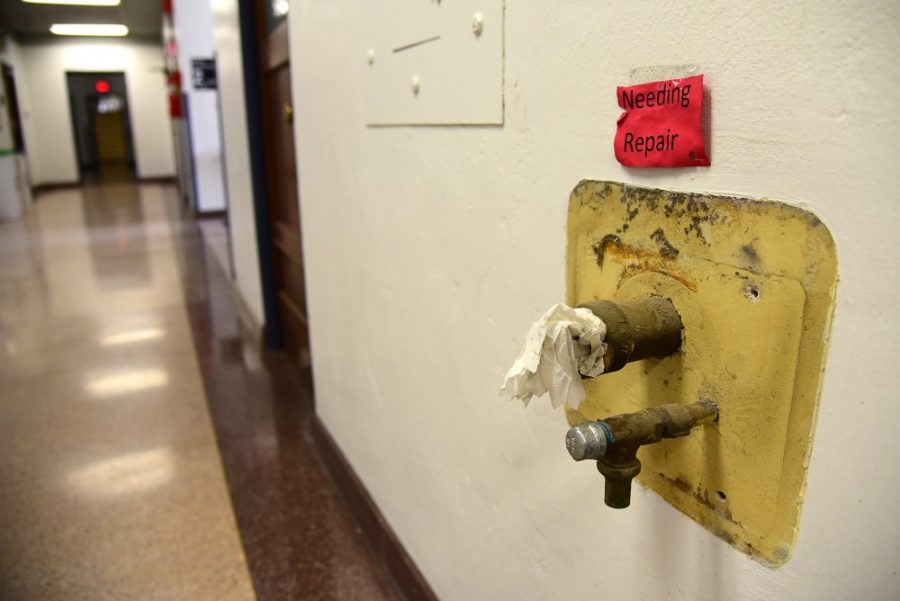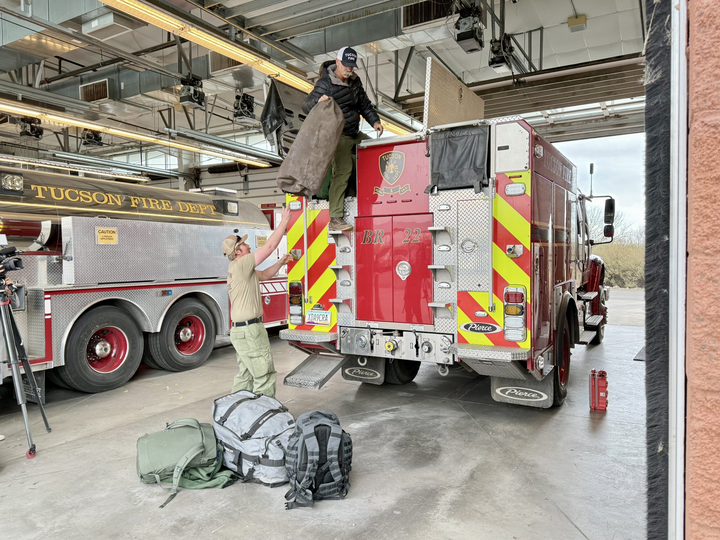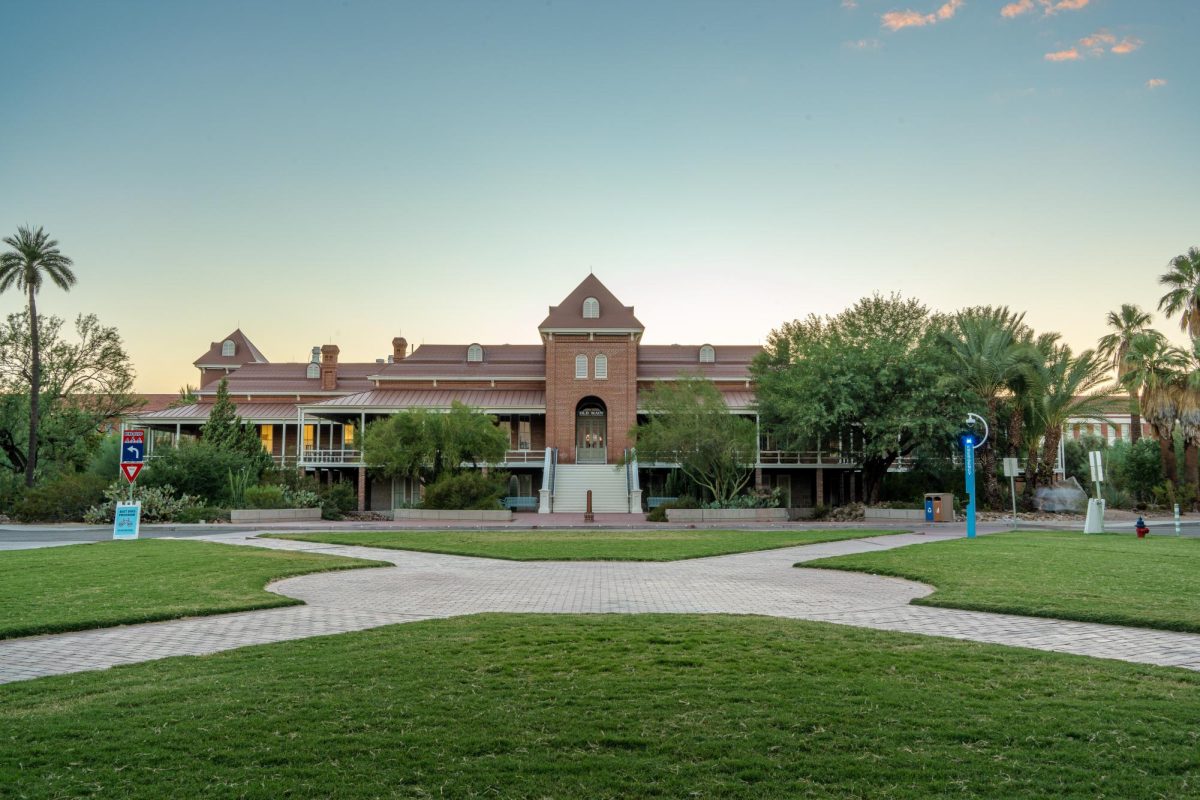The UA has deferred $131 million in maintenance costs, Gregg Goldman, senior vice president of business and CFO, said at an Arizona Board of Regents meeting Nov. 18.
Goldman named the Mines and Metallurgy building and the Steward Observatory building complex as some of the buildings needing the most repair on campus.
The Mines and Metallurgy building was built in 1939 and last inspected in 2000, according to UA’s 2017-19 Capital Improvement Plan.
It has an estimated deferred maintenance cost of nearly $7 million, according to the plan.
RELATED: Second day of regents meetings focus on future of UA finances and building repairs
Corbin Goldsmith, a mining engineering senior, said complaints about the Mines building centers around too-small bathrooms and the HVAC system.

“I feel bad for the girls,” Goldsmith said. “I think their bathroom used to be a closet. And for the men’s bathroom, there are just two urinals with nothing between them and then the stalls.”
Goldsmith said the mining department holds all classes in one room. While the technology has been updated over his years here, the main problem is heating and cooling. The windows in the room are all sealed shut, meaning the temperature can’t be adjusted manually.
In the summer, it can get very warm, and in the winter, very cold.
“There’s spotty AC and the back of the room is always hotter than the front,” Goldsmith said. “Most people are just used to it and wear layers.”
As for the Steward Observatory complex, it has roughly $7.7 million in deferred maintenance costs, according to the Capital Improvement Plan.
RELATED: Steward Observatory celebrates 100 years since its founding gift
The complex includes the historic Steward Observatory dome, as well as the Steward Observatory Annex, Addition, Expansion, Expansion I and Temporary Modular building.
Buell Jannuzi, astronomy department head and director of the Steward Observatory, said the dome is well-maintained, though some of the other buildings need repairs, as they’re quite old.The additional buildings were built in 1960,1984, and 1992.
“The building codes were different back then and they haven’t really been updated since,” Jannuzi said. “I don’t want it to sound like the university isn’t trying to be responsive. They have been working on our systems a lot in the past two years.”
Christopher Kopach, assistant vice president of Facilities Management, said the Steward Observatory complex is currently undergoing mechanical, plumbing and electrical reviews for the issues “folks don’t see.”
“We look at all the buildings as a whole: elevators, roofs, HVAC, plumbing,” Kopach said. “Parts of the complex were built in the 1950s and ’60s. The buildings are still functional, but we know we have old systems in there. It’s not just cosmetics.”
Kopach said Facilities Management has both annual and 10-year plans to address deferred maintenance, but they’re waiting on the necessary funds, and therefore, have to prioritize.
“There’s a six-mile underground tunnel system, parts of which were built in 1939, that needs to be repaired,” Kopach said. “That’s prioritized. And we camera all sewer lines to see which are failing and need to be replaced, which we put on an immediate list.”
Goldsmith said he realizes repairs and renovations are a huge cost, both in money and time.
“It takes time and patience and money, and with mining engineering being the size we are, we’re not really a priority,” Goldsmith said. “The ventilation can’t be changed easily and most of us know that.”
Goldman projected that by the 2025-26 academic year, UA will have an estimated $1 billion in deferred maintenance.
Follow Marissa Heffernan on Twitter.









